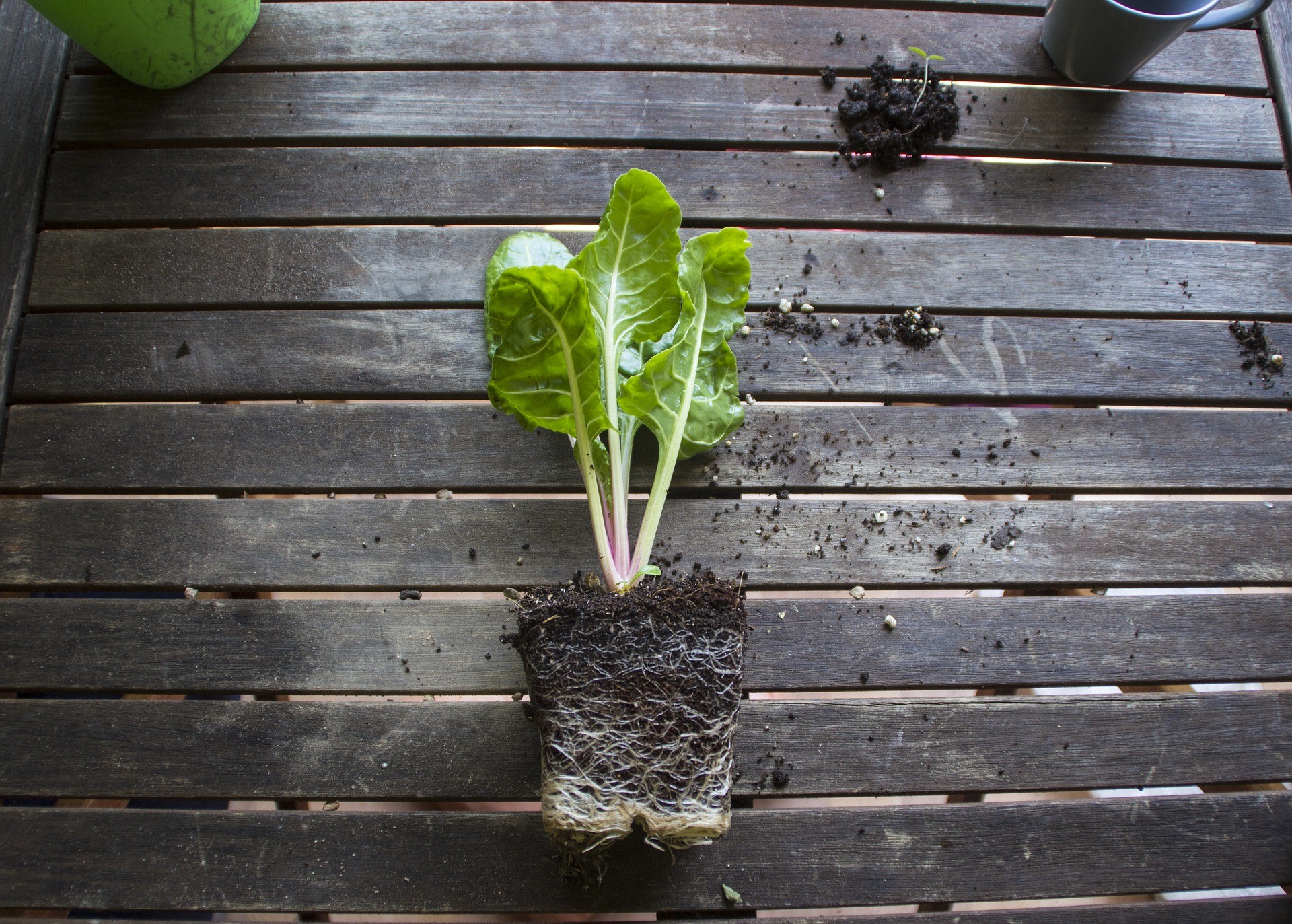We discuss the steps in planting your garden for a successful growing season.
Grow Your Own Food is an information series on gardening in Canada that will get you started on the right foot and help you every step of the way to having the garden you dream of!

The winter temperatures are finally behind us and it is time to get growing.
From coast to coast everyone is at a different stage in the season. And it varies from year to year as to when the trees and flowers bloom. We had a very early Spring last year in Alberta that brought fruit trees and flower gardens into bloom many weeks earlier then this year. My trees are just starting to sprout their leaves and my fruit trees just starting to bud out. Compared to last year it feels late but in fact it is right on schedule.
No matter in what part of the country you live everything is coming to life and we can all get out and plant our gardens. A few articles back we talked about growing zones and how long our growing seasons were. From that we figured out when we should plant outdoors and when to start seeds indoors if we wanted an early start. If you have seedlings indoors be sure to have them where they will receive as much day light as possible and keep them watered.
Be sure to check your area for the latest possible frost dates before transplanting seeds outside. Low overnight temperatures will easily kill tender seedlings. In a few weeks we’ll start transitioning them to be moved outdoors. Those on the west coast have the advantage of the earliest start and many have already got a start on their gardens. Traditionally I plant my garden on the May long weekend, though it’s not unheard of to get snow that weekend. Check your frost dates to know when it’s safe to plant where you live.
Preparing The Garden For Planting
For larger vegetable gardens, tilling the soil first makes for the best possible growing. It loosens the soil, breaks down organic materials like leaves and weeds and makes for easy planting. If your soil has never had a garden before you can take this opportunity to add amendments for the long-term goal of healthy, nutrient-rich soil. Peat moss is a fantastic addition to any garden and can be worked in easily with a rototiller, rake or hoe. I add peat moss to my garden at the start of every growing season.
For container gardening dirt from your yard will be heavy and can get very compacted in containers. This restricts the growth of roots. I prefer to buy bagged potting soil at the home and garden center. There are all sorts on the market, but I like to go with the most inexpensive. It’s worth a quick trip to the store and your plants will thrive. You can reuse it year after year, so you aren’t buying new soil every season. It’s a great idea to add some peat moss to the soil you’re using in hanging planters and containers. It lightens up the soil and has some water retention qualities.
Planting The Garden
I like to plant my garden in rows and mark them out with wood pegs and string. They’re never all the same length and I have fun when creating the space. You can use trellises or poles for beans. And don’t forget the flowers!
It’s great to have a plan so you know everything will fit in the available space. The only rule is that the tallest of the crop (e.g., sunflowers, corn or the pea fence) goes in the back. Also, if you have a shady area in the garden, that’s the perfect spot to grow lettuce.
Read Your Seed Packages
Follow the specific depths recommended for planting found on the seed package. I like to pre-soak my bean, pea and corn seeds for up to a day ahead. I mark out my rows with pegs and string, making sure the string is very close to the surface of the soil. Then I use the handle of my hoe to make a small trough all along the length of the string. I drop in the seeds as per the planting directions and cover them with soil, patting it down with my hands. Then I lightly water each row with a watering can settle the soil and sets the seeds.
If you’re planting your garden over a few week-period, start with the cold weather crops. If you buy any bedding plants from the greenhouse or garden center, plan on keeping them indoors at night for a few weeks. Set them out in a sunny spot during the day and protect them from the wind. And as your garden begins to sprout keep your eye on the nighttime lows. If there’s any chance of it falling down to 1C or cooler have some light bed sheets available to cover any seedlings.
If gardening in containers be sure to give the seeds a bit of space, you don’t want to overcrowd the containers. Tomatoes do best with one plant per pot; peppers can be planted in twos.
Plant lettuce in waves. Every couple of weeks you can start new seeds to have a continual harvest throughout the entire season.

Experiment
Don’t be afraid to mix things up and experiment. Seeds are cheap and you can never go wrong with a few extra vegetables. You’ll gain experience, learn valuable lessons and become a better gardener!








